Are you looking for a contractor?
Submit our quick form and get quotes now!
Table of Contents
8 min read
Environmentally-Friendly Air Conditioning Options
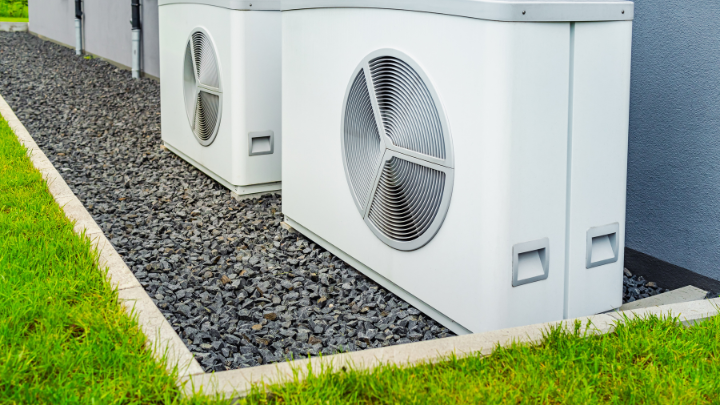

8 min read
Environmentally-Friendly Air Conditioning Options
Interior renovationsEnvironmentally-Friendly Air Conditioning Options
There are many hidden costs and concerns regarding the use of air conditioning in the home. Most air conditioning units operate using hydrofluorocarbons to cool the ambient air, which are slowly being phased out due to their ability to deplete the ozone layer of our planet.
Additionally, air conditioning is powered by electricity, which is often generated by burning fossil fuels. Unfortunately, due to their potent greenhouses gases, burning these fossil fuels is a direct cause of climate change, something all individuals should be wary of if they are even remotely concerned about the well-being and future of our planet.
As carbon emissions from city cooling continue to rise, we must think of other ways to use energy to keep the world healthy and safe. So if you are a homeowner looking to change your energy consumption due to your environmental concerns, it is worth considering eco-friendly alternatives to stay cool this summer! Fortunately, we have compiled some good eco-friendly alternatives to traditional air conditioning for your next project.
The Era of Eco-Friendly Air Conditioners in Canada
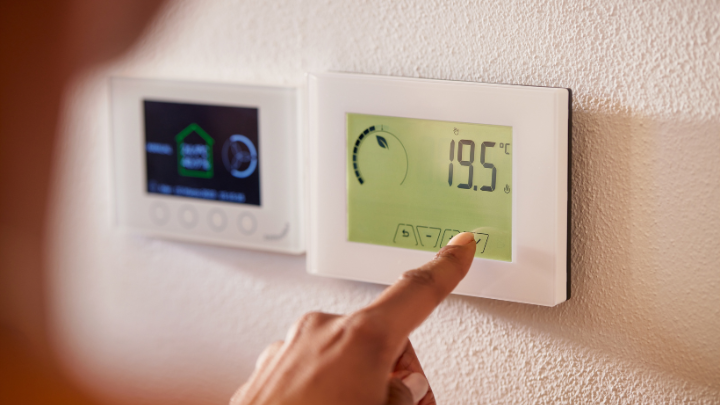
Source: Canva
The emergence of eco-friendly air conditioning represents an innovative and necessary response to contemporary environmental challenges. By adopting technologies and practices that minimise our carbon footprint while maintaining thermal comfort, we can contribute significantly to the fight against climate change. By investing in eco-friendly AC units, promoting the design of sustainable buildings, and raising awareness of the importance of environmentally responsible lifestyles, we can create a future where human well-being coexists harmoniously with the preservation of our planet.
How does a cooling system work?
First, it is important to understand how heating and cooling devices work to regulate the temperature of a room. This brings us to eco-friendly alternatives to keep the inside of the house cool during the hottest months. Heat is transferred through three different processes. First, conduction is the passage of heat through a solid surface such as the walls, windows, and roof of your home.
Secondly, heat travels through light, which is a phenomenon called "radiation," which can be either invisible infrared light or low-emissivity invisible light. Finally, what is called convection is the phenomenon that occurs when heat is carried into the air by rising and circulating naturally.
Creating natural air solutions
There are a few ways to keep your home cool without using electricity at all! Properly insulating your roof will help you maintain control of conducted heat. As for controlling the temperature of a room, one way to control the radiant heat caused by the sun beating into the windows is to install awnings or window shutters. Simply close the shutters during the day. That way, the sunlight will not directly affect the room as much, ultimately contributing to thermal comfort.
Installing vents in your attic as well as fans is a way to prevent heat from rising, forcing it to leave the roof so that convective heat is controlled. Good house ventilation creates convection currents and the faster the air moves, the cooler it stays.
What is a bio cooler?
A bio cooler is an air conditioning system that uses natural and ecological methods to cool the ambient air. Unlike traditional air conditioners that operate using refrigerants, bio coolers harness principles such as water evaporation or circulation of fresh air to lower the temperature. These systems are often more environmentally friendly because they consume less energy and do not use substances harmful to the ozone layer. Bio coolers can be used on a small scale, such as portable units for the home, as well as on a large scale to cool entire buildings.
Examples of Eco-Friendly Cooling Systems for the Home
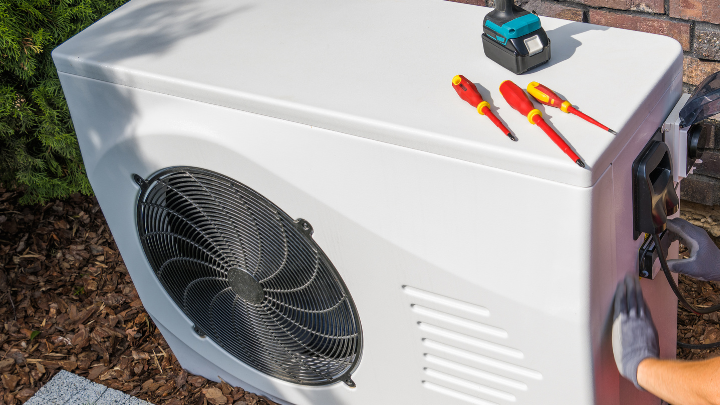
Source: Canva
Eco-friendly heating and cooling systems are divided into two distinct categories: passive and active. Passive systems use nature's ability to heat and cool without the use of furnaces or air conditioning units. Active units use a variety of heating and cooling systems powered by solar energy, geothermal energy, or another eco-friendly energy source. Now that the basics are covered, we can start looking at some specific examples of these systems!
The hydronic cooling system
This cooling system can be referred to as a radiant hydronic cooling system. These devices use water to cool the air by passing it through a humid medium, then expelling the cooled air into the environment. All this works thanks to cooled water pipes, unlike air conditioning systems that use air. The cold water circulating inside the pipes absorbs all the heat emitted by people in your home. The most common unit is formed from aluminum panels that enclose the hidden pipes.
These panels are usually attached to the ceiling. Alternatively, there are hydronic heating systems that consist of tubes embedded in the floor of your home. This heating system can also be used for cooling. For a residential home, this requires access to a water source as well as a well, so that the water can pass underground. This system works poorly in humid climates, with indoor air having to dry out before preventing condensation problems.
Dehumidifying rooms to cool the house
New dehumidification processes and emerging technologies are gaining popularity as eco-friendly alternatives to cooling a home. In humid climates, the energy used by air conditioners to cool buildings will simply dehumidify it. This adaptive technology uses dehydrators, which are enhanced condensers and water vapor compressors.
Hybrid solar air conditioners
The sun is one of the most important providers of eco-friendly energy because it is a constant and renewable energy source. These devices use solar energy to power cooling systems that can be more environmentally friendly than traditional air conditioners powered by electricity. Hybrid solar air conditioner units rely on both solar energy and the operation of a battery to function. This unit operates through a collection of solar cells installed on the roof of your home.
This type of unit is passive and requires very little maintenance. When the sun goes down, the air conditioning unit draws energy from the sun to cool the house while recharging the unit's batteries. Some systems can operate from a single solar panel, making them a great option if you're not looking for a big DIY project. Unfortunately, it is not the most efficient air conditioning system, but it is still worth trying if you live in an extremely sunny area.
Geothermal cooling systems
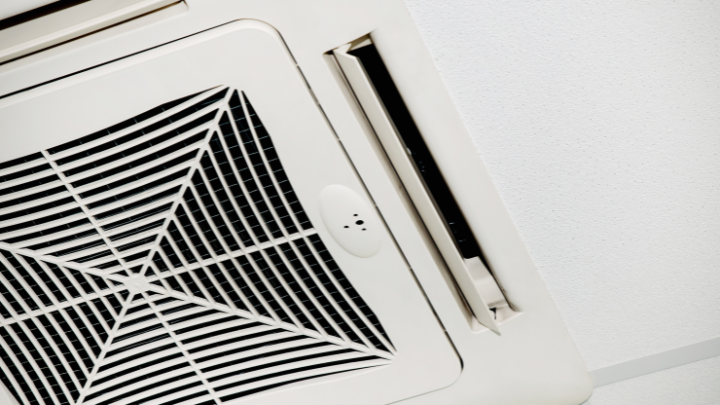
Source: Canva
These eco-friendly air conditioning systems use the constant temperature of the ground to cool the air in summer. They use pipes buried in the ground to transfer heat from the air to the ground, then distribute the cooled air into the building. To take advantage of the overflowing energy from the surface, it is worth considering purchasing a geothermal AC unit. Geothermal homes use heat pumps and take advantage of geothermal wells underground, which work to cool the house during the summer, while also being able to warm it during the winter. The heat pump carries fluid that is usually either water or refrigerant. When it's hot outside, the fluid absorbs the coolness from the earth and brings it inside to cool the surrounding area and in turn, the house.
The ice-powered AC
These units are in the early stages of development, but there is an air conditioning system on the market that converts water into ice, using it to cool the refrigerant in the copper condensers of the AC unit. This system greatly reduces the amount of electricity a building uses, as the ice created overnight is used to cool the hot refrigerant, avoiding the need for the air conditioner's compressor. This system is reputed to reduce energy consumption related to air conditioning by 30%.
Natural cooling towers
Natural cooling towers are wonders of ecological ingenuity, using simple convection principles to regulate temperature in urban environments. Inspired by the design of Roman baths and medieval wind towers, these modern structures are designed to channel airflow. The hot air inside the tower rises and is expelled at the top, while cool air is drawn in at the base of the tower, creating a natural airflow that cools the room temperature.
By using sustainable materials and bioclimatic design techniques, these towers help reduce reliance on energy-intensive air conditioners and contribute to the creation of more pleasant microclimates in dense urban areas. In harmony with their environment, natural cooling towers represent an innovative solution to address the challenges of increasing urbanisation while preserving natural resources.
Passive cooling systems
Passive cooling systems cleverly exploit natural principles to regulate the temperature of indoor spaces without resorting to intensive energy consumption. By using techniques such as natural ventilation, effective thermal insulation, and climate-oriented design, these systems offer a sustainable and economical way to maintain thermal comfort.
By avoiding the use of complex mechanical devices, they also reduce the carbon footprint of buildings, thus contributing to a more environmentally friendly approach to construction and infrastructure management.
Cooling your home with eco-friendly air conditioning solutions
These examples illustrate different approaches to air conditioning that, through these simple actions, minimise the ecological footprint while offering effective cooling solutions. In conclusion, bio air conditioning solutions offer significant potential to mitigate the challenges of increasing heat in large cities and urban environments. By reducing the use of traditional air conditioners, often associated with a negative impact on the environment, these alternative technologies offer environmental benefits while ensuring comfortable and sustainable indoor environments. Their widespread adoption could contribute to improving urban quality of life while promoting resilience to climate change.
Get 3 renovation quotes for your green cooling renovation project
RenoQuotes.com can help you get quotes for your green air conditioning system renovation project. If you submit your project to us, we’ll put you in contact with 3 qualified professionals. Fill in the form on our homepage (it only takes a few minutes), and you will receive quotes from trusted roofing specialists.
Dial 1-844 828-1588 to speak with one of our customer service representatives
Last modified 2024-04-22
Looking for something else?
Related articles
The latest industry news, interviews, technologies, and resources.
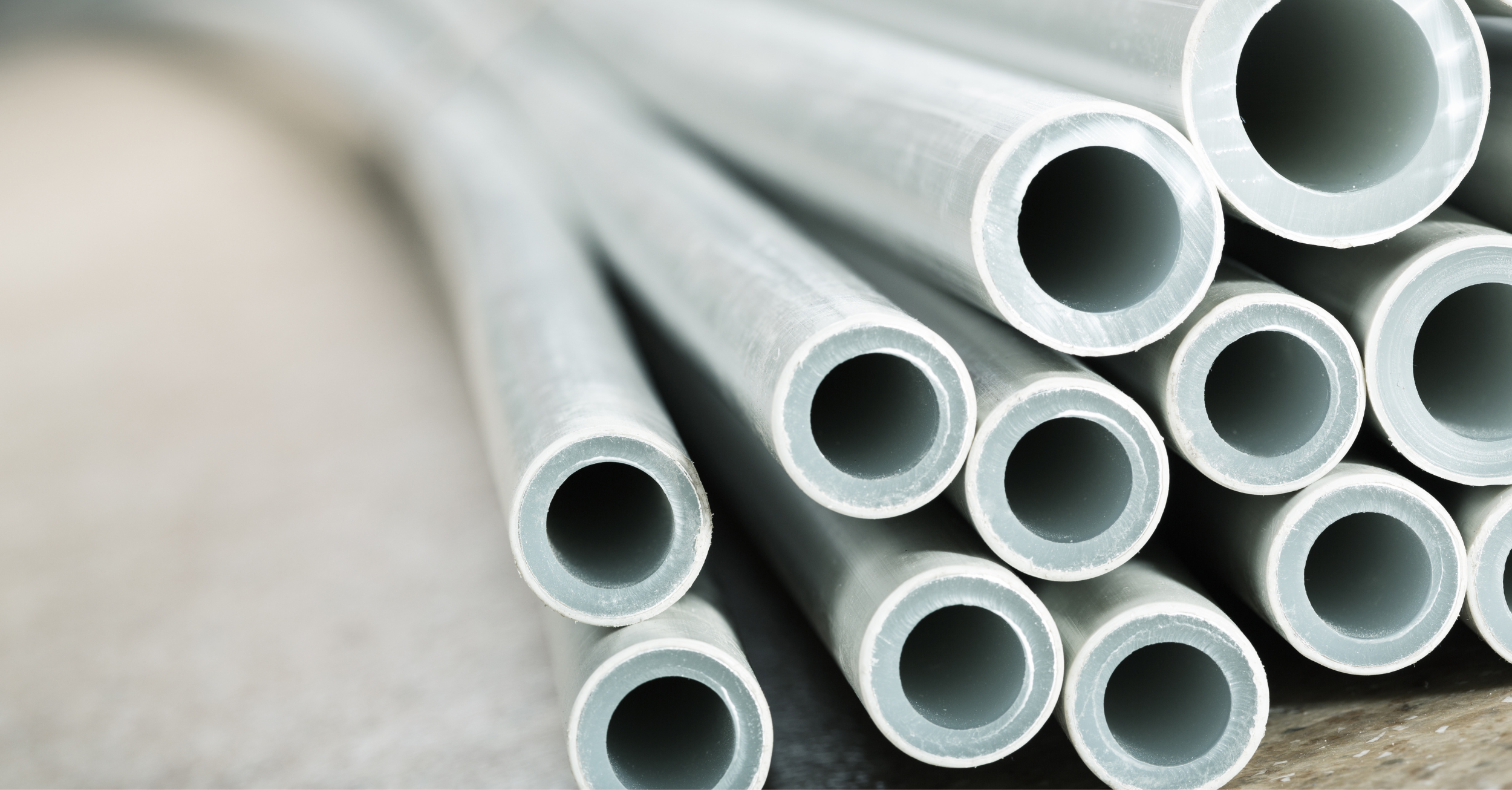
RenoQuotes.com • 07 Nov 2023
Are you remodelling, adding a sanitary installation, or building your home? Well then, a multilayer plumbing pipe is exactly what you need.
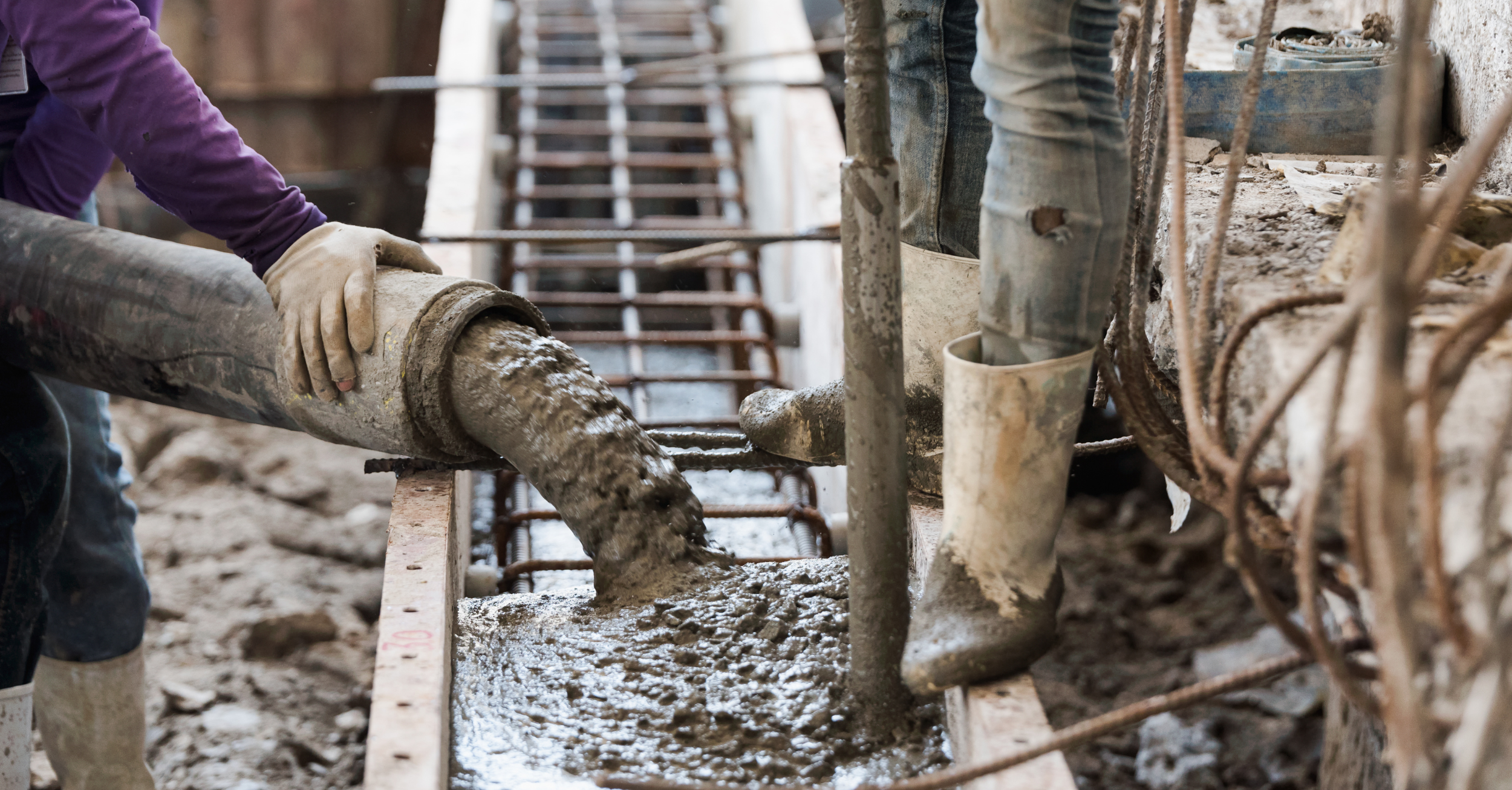
RenoQuotes.com • 07 Nov 2023
Fibre-reinforced concrete was a definite turning point in the construction industry. Designed to offset the brittleness of standard concrete and with a low-tensile strength, fibre-reinforced concrete sets a new record. As a result, some mixtures allow for fewer rebar use on construction sites since this material can withstand tensile forces of 2,300 MPa, compared to standard concrete’s 500 MPa.
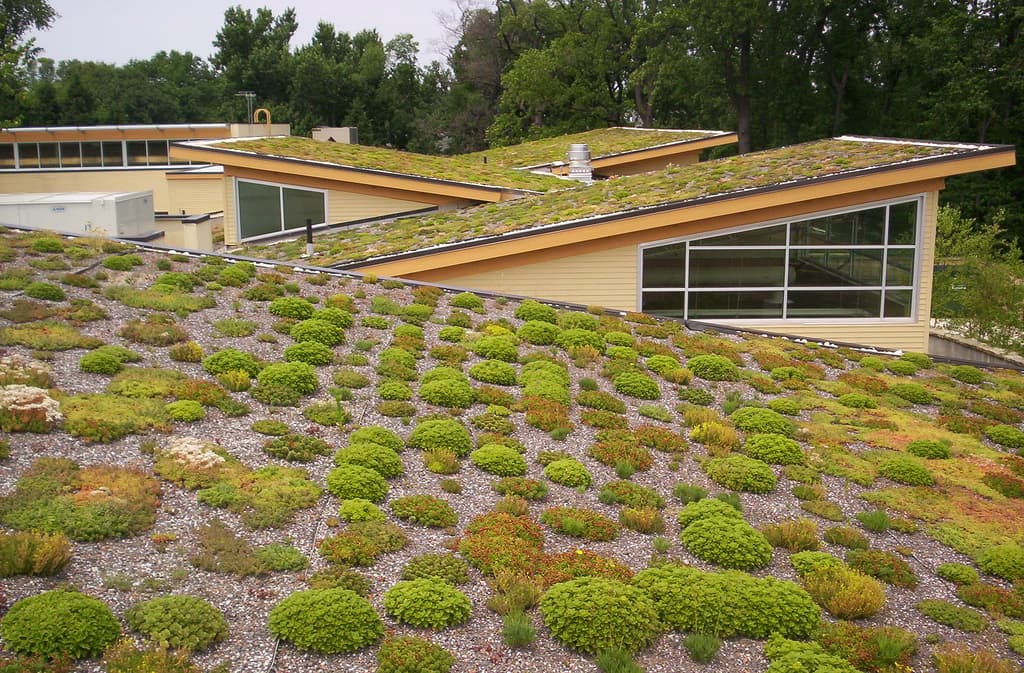
RenoQuotes.com • 07 Nov 2023
As people begin to recognize the effects of their carbon footprint while living in urban environments, the idea of installing a green roof is becoming a popular choice.

N/A • 07 Nov 2023
Planning out the layout, decor and surfaces of your home for your family's needs and wants can be tricky. Especially in busier rooms of the house, like the kitchen or the bathroom, it can be a challenge to keep things neat, tidy and practical while allowing things to look good.
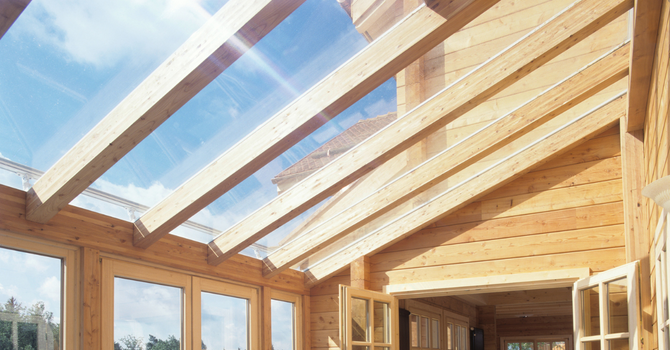
Cynthia Pigeon • 07 Nov 2023
Are you looking for a robust roofing material that’s also resistant to harsh weather conditions and allows you to fully benefit from natural light? Then it’s about time you consider installing clear roof panels!